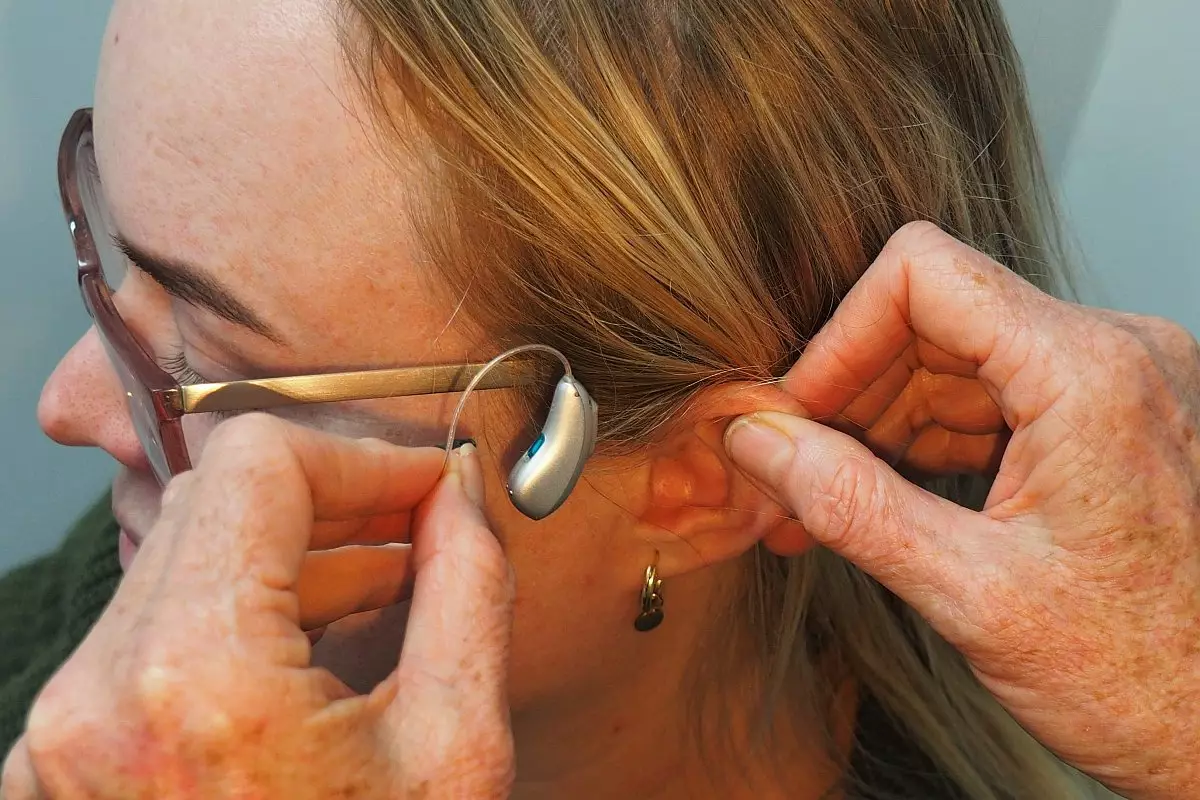The United States Federal Communications Commission (FCC) has taken a significant step in increasing accessibility for Americans with hearing loss. On a recent Thursday, it announced new regulations mandating that all mobile phones manufactured for the U.S. market include features that guarantee compatibility with hearing aids. This initiative comes as a response to the pressing needs of approximately 48 million U.S. citizens who experience varying degrees of hearing impairment. The FCC’s decision reflects a growing recognition of the necessity for inclusivity in technology, directly addressing the challenges faced by individuals reliant on auditory devices.
The newly adopted rules aim to ensure that 100% of all mobile devices sold in the United States are compatible with hearing aids. This pioneering requirement is accompanied by crucial specifications that mobile manufacturers must adhere to in terms of volume control, ensuring that users can adjust levels without introducing sound distortion. Moreover, the regulations emphasize the importance of seamless connectivity through updated Bluetooth standards, moving away from proprietary approaches that often hinder user experience.
The FCC is taking proactive measures to eliminate barriers faced by those utilizing both hearing aids and cochlear implants. The emphasis on universal compatibility not only seeks to foster a more inclusive atmosphere in technology usage but also sends a strong message regarding the importance of accommodating diverse auditory needs.
The Role of Collaboration and Compliance
In crafting these regulations, the FCC collaborated extensively with an independent body known as the Hearing Aid Compatibility (HAC) Task Force. This group was instrumental in formulating recommendations and reflecting the voices of various stakeholders—including smartphone manufacturers, research institutions, wireless service providers, and individuals experiencing hearing loss. Such collaboration exemplifies the need for diverse perspectives when establishing policies that have far-reaching implications for millions of people.
Many smartphone brands are already attentive to these evolving requirements. For instance, Apple has ensured that all its iPhones from the iconic iPhone 6 to the recently launched iPhone 16 are compliant with hearing aid standards. Similarly, Google’s Pixel devices have been certified as compatible with hearing solutions. Samsung, too, has pledged that a significant portion of its Galaxy S and Z series smartphones will adhere to these new guidelines.
While the FCC’s announcement is a prominent victory for advocates of accessibility, there remains an element of uncertainty regarding the implementation timeline. The agency has mentioned a transition period for compliance, yet no specific deadline has been set for mobile manufacturers to fully adapt their offerings. This vagueness may raise concerns among advocates who are eager to see timely changes that can positively impact the lives of those dealing with hearing loss.
Additionally, the shift toward universal connectivity might necessitate a cultural shift within the tech industry. Manufacturers typically invest a lot into proprietary technologies that offer them competitive advantages. There may be apprehensions about relinquishing unique features in favor of standardized solutions, albeit necessary for user compatibility and accessibility.
In essence, the FCC’s newly established regulations represent a commendable effort toward fostering inclusivity for individuals with hearing challenges in the rapidly evolving tech landscape. The commitment to ensure that every mobile device is equipped to interface effectively with hearing aids not only enhances the quality of life for many but also sets a precedent for other nations to follow.
As the tech industry grapples with these new mandates, continued vigilance from advocates and effective communication between stakeholders will be vital to ensure that inclusivity becomes a baseline expectation, rather than a lofty goal. The future tech landscape must prioritize diversity and accessibility to guarantee that everyone can participate fully in our increasingly connected world. The FCC’s initiative might just be the catalyst needed to inspire other sectors to follow suit.

Leave a Reply